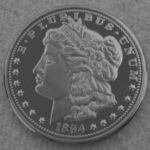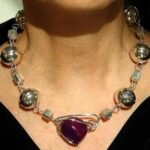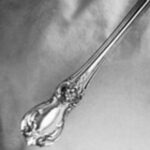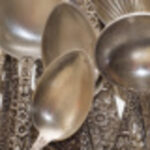The acquisition of antique silverware can add a touch of elegance to any home, but before making a purchase it is wise that a consumer obtain a bit of knowledge in the area of silver making prior to making a purchase commitment. There are literally thousands of antique silverware patterns available on the market made by hundreds of silversmiths, and it should be recognized early that not all silverware is of the same quality or value. For instance, a set of antique silverware made by a skilled regional silversmith that made one piece at a time by hand and in limited quantity is most times much more valuable and difficult to obtain that a set that was mass-produced by a large silver -making factory.
One of the most important aspects of buying antique silverware rests in a consumers ability to determine by what process the silverware was created, by the amount of actual silver used in each piece and knowing how to establish who exactly the maker was. Antique silverware made of Sterling Silver is nearly pure silver and is usually recognized by a mark on the handle of each piece in the form of an “S” or by stating “Sterling Silver” or by other marks. Silver-plate antique silverware is of much lesser monetary value for the simple fact that the silver content is a small fraction of that made of Sterling. While antique silverware made of Sterling can be made to look new again with a bit of silver polish, antique silverware that is made of silver-plate often pits with age and becomes beyond restoration because the original silver cracks or is removed by cleaning over time, exposing a base metal of steel or copper beneath.
For those seeking to establish a complete individual set of antique silver the easiest path to follow is to purchase a complete set from a reputable antique dealer that handles a volume trade in silverware. Obtaining antique silverware a few pieces at a time to complete an individual set can take a lifetime, and the result may be unsatisfactory due to the varying conditions the silverware may be found in. It should be noted that as with any other collectible item there are pieces of antique silverware that have maker marks altered to increase value, so it is wise to study how antique silverware is made and sold to avoid being swindled. It should also be understood that some silver makers made the same silverware pattern in both Sterling and silver-plate, and a potential buyer should learn to recognize the difference by feel, without the necessity of having to look at a makers mark that may have been altered.








